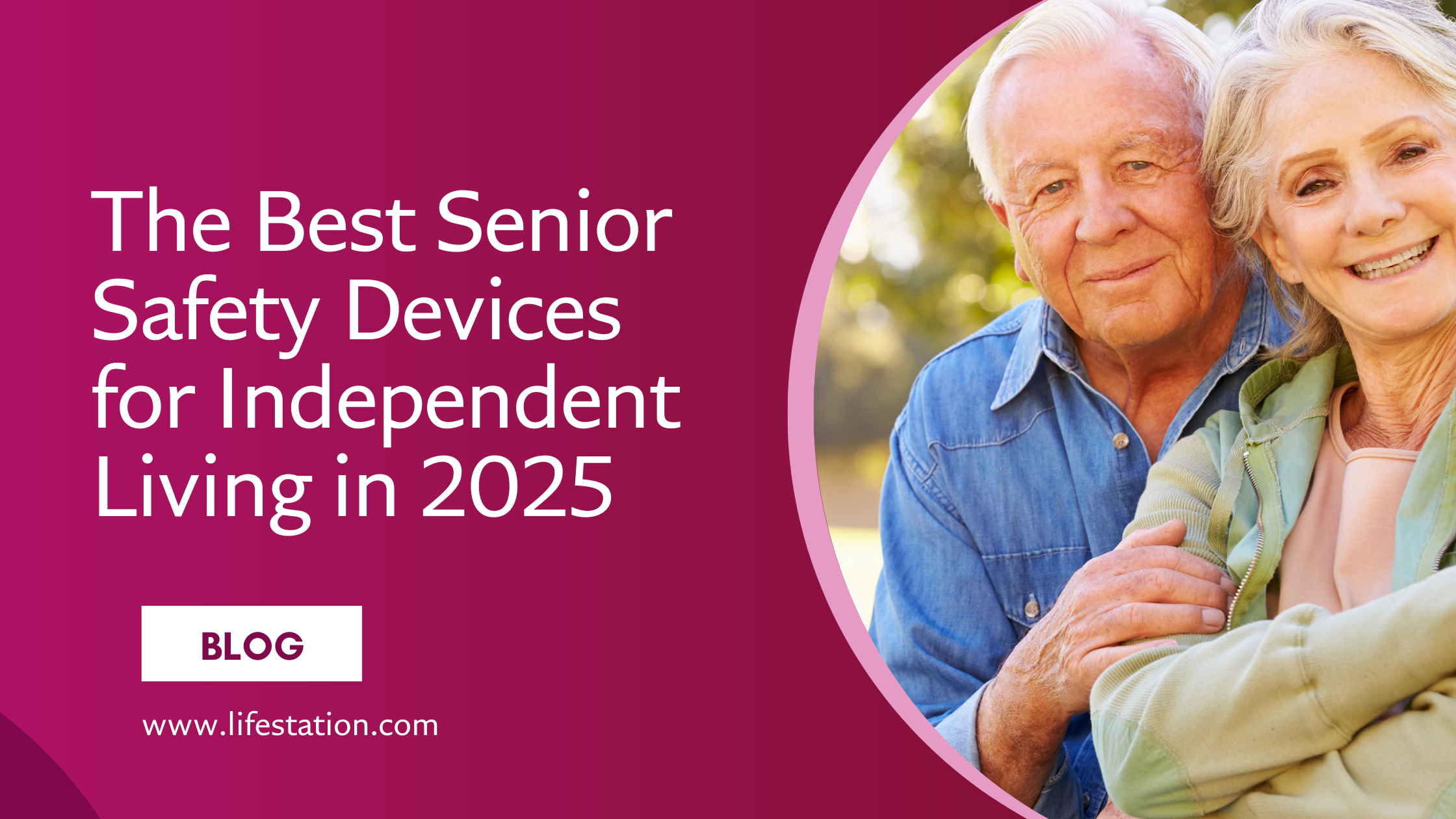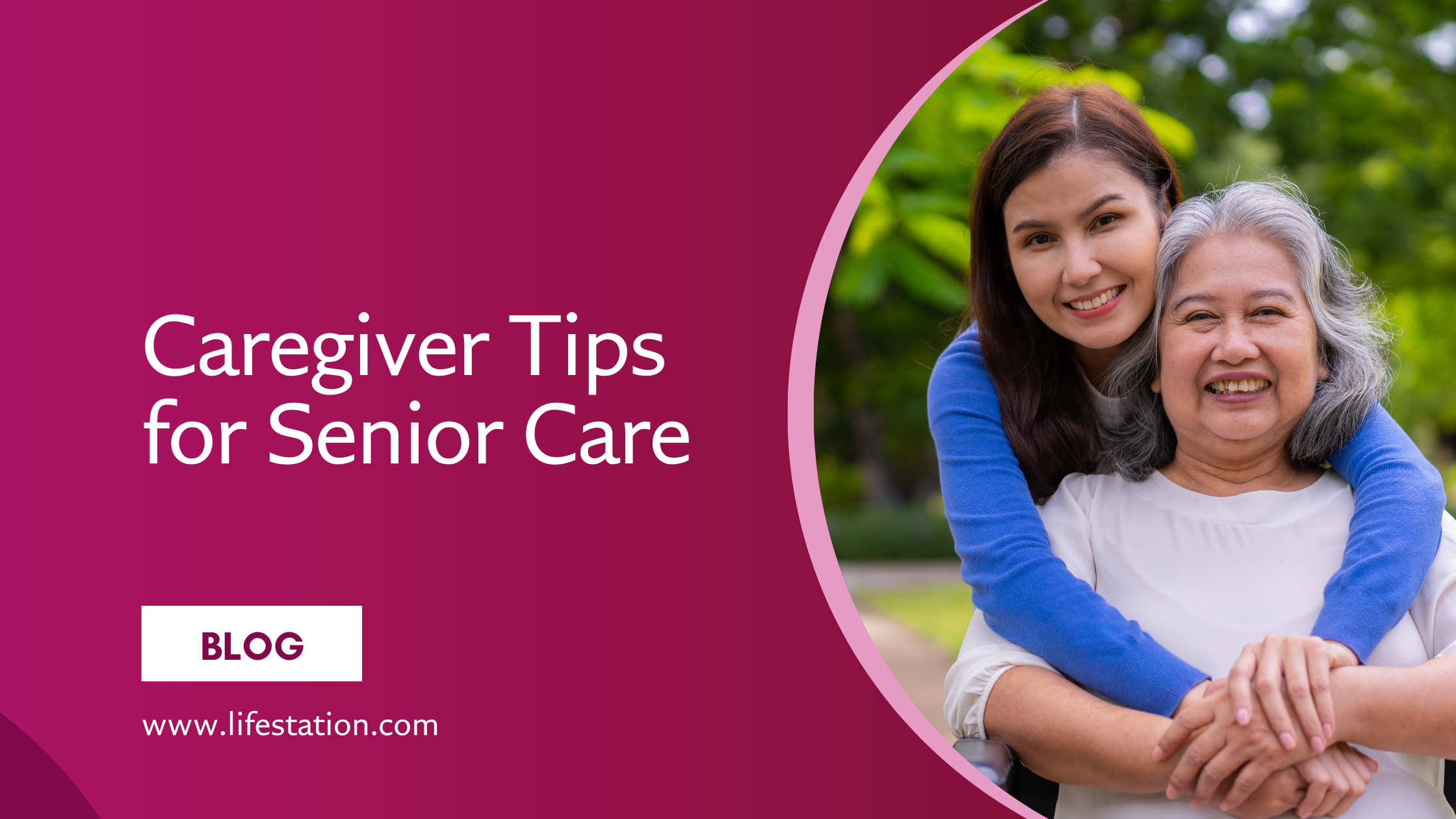Peace of Mind & Independence is One Call Away
(888) 493-1475 - Click to Call get a FREE MONTH of service.
As we age, deciding where and how to live is one of the most important choices we make. For older adults considering their senior living options, understanding the differences between independent living communities and assisted living facilities like a nursing home can be complicated. Both offer benefits and cater to different needs, but how do you decide which option is right for you or your loved one?
Here we will break down what you need to know about independent and assisted living, from the level of care provided to the costs and services available. Whether you’re seeking a maintenance-free lifestyle in a retirement community or need personal care and medical services in a more supportive environment, the goal is the same: to find the right senior living community where you can thrive.
And no matter which option you choose, ensuring safety and independence is key. Tools like medical alert systems provide peace of mind for both family members and seniors, offering 24/7 support that adapts to your lifestyle.
Let’s review your options and help you decide which is the best fit for living your best life.
What Are Your Options?
Choosing between independent living and assisted living communities starts with understanding what each option offers. Both types of senior living communities meet the needs of older adults, but they cater to different lifestyles and levels of care.
Independent Living Communities
Ideal for active seniors who can live independently and want a maintenance-free lifestyle with access to amenities like fitness centers, swimming pools, and walking paths. These communities focus on convenience and social connection, offering housekeeping services, laundry services, and transportation services to simplify daily life.
Assisted Living Communities
Designed for those who need more assistance with daily living such as managing medication, bathing, and dressing. These living facilities provide a higher level of personal care and medical services while still promoting independence. Assisted living communities offer support like medication management, three meals a day in a dining room, and even physical therapy and memory care services for those facing cognitive decline.
While independent living residents enjoy a more active lifestyle, assisted living facilities provide the health care services and intensive hands-on care some seniors need. Understanding these differences is the first step toward finding the right senior living community to match your goals.
What Level of Care and Assistance Do You Need?
The biggest difference between independent living and assisted living communities is the level of care and assistance they provide.
- Assisted Living Communities Provide More Support: These living facilities are ideal for older adults who need more assistance with daily tasks, such as medication management, bathing, and dressing. Assisted living offers access to nursing care, physical therapy, and personal care plans tailored to each resident’s needs. Many assisted living communities offer specialized programs, including memory care for those with cognitive decline or chronic health conditions.
- Independent Living Communities Offer Convenience, Not Care: Independent living residents are typically active seniors who can live independently without daily support. While these communities don’t provide medical care or nursing care, they often include helpful services like housekeeping, laundry services, and transportation services. This setup allows residents to enjoy a maintenance-free lifestyle while focusing on hobbies and social activities.
- Staff-to-Resident Ratios Differ: Assisted living communities tend to have a higher staff-to-resident ratio to ensure residents receive the intensive hands-on care they need. In contrast, independent living communities prioritize amenities and social opportunities rather than medical services.
How Much Do Independent and Assisted Living Cost?
The costs of independent and assisted living vary based on location, services, and amenities offered. Understanding these costs and payment options is an important step in deciding which senior living community is right for you.
- Independent Living Costs: Generally lower than assisted living costs, the average monthly price ranges from $2,000 to $3,500. These costs cover a maintenance-free lifestyle with housekeeping services, laundry services, and access to fitness centers, dining rooms, and outdoor spaces like walking paths and swimming pools.
- Assisted Living Costs: With more assistance and medical care included, assisted living costs are higher, typically between $4,000 and $6,000 per month. Pricing depends on the level of personal care, medication management, and specialized care needed, such as memory care or physical therapy.
- Payment Options: Most older adults cover expenses using personal funds, pension income, or long-term care insurance. Medicaid may also cover assisted living for low-income seniors, while others may explore financial assistance programs or veteran benefits to help offset costs.
If you need financial assistance then there are options to help you when deciding whether you need a medical alert device.
What Amenities and Services Do These Communities Offer?
Both independent living communities and assisted living facilities provide a range of amenities and services to make life easier and more enjoyable. However, the type and level of services available vary between the two living options.
Independent Living Communities Offer Convenience: Designed for active seniors, these communities focus on promoting a maintenance-free lifestyle with features like:
- Housekeeping services and laundry services
- Dining rooms serving three meals a day or meal plans for flexibility
- Access to fitness centers, swimming pools, and walking paths
- Transportation services for shopping, appointments, and outings
- Outdoor spaces and recreational areas for social events
Assisted Living Communities Provide More Support: In addition to offering similar amenities, assisted living communities provide added health care services and personal care options, such as:
- Medication management and medication administration
- Assistance with daily tasks, including bathing and dressing
- Access to physical therapy and skilled nursing care
- Specialized care programs like memory care for cognitive decline
- A higher staff-to-resident ratio for intensive hands-on care
No matter the option, these living communities are designed to help older adults maintain their best life while offering opportunities for socialization and support within the same age group.
How Do You Evaluate Your Needs?
When deciding between independent living and assisted living, start by assessing your personal situation. Ask yourself:
- Can you manage daily tasks like bathing, dressing, and managing medication on your own?
- Do you need more assistance with personal care or medical services due to chronic health conditions?
- Are you looking for an active lifestyle with social opportunities, or do you require intensive hands-on care?
- What is your budget? Consider the difference between independent living costs and assisted living costs to see what fits your financial needs.
Taking the time to understand your needs will help narrow down the senior living options that work best for you.
How Do You Find the Right Community?
Finding the right senior living community requires careful research. Consider these steps:
- Compare Independent and Assisted Living Communities: Look into the services, amenities, and health care services offered at each location.
- Visit the Communities: Tour two-bedroom apartments, dining rooms, and outdoor spaces to see if the layout fits your lifestyle.
- Ask About Staff-to-Resident Ratios: Especially in assisted living communities, a higher staff-to-resident ratio may indicate better personal care and attention.
- Review Costs and Payment Options: Make sure that the community fits your budget, and ask whether Medicaid or personal funds can cover assisted living costs.
- Talk to Family Members: Discuss your decision with family members to get their input and address any concerns.
How Do You Make the Final Decision?
Choosing between independent and assisted living is ultimately about finding the best fit for your needs and goals. Consider reaching out to a senior living advisor or geriatric care manager for expert guidance.
Whether you value an active lifestyle with freedom or need specialized care, the focus should be on finding a place where you feel comfortable, supported, and safe – so you can live your best life.
How Can Medical Alert Systems Support Your Safety and Independence?
No matter which senior living option you choose – whether it’s independent living or an assisted living facility, feeling safe and secure is a top priority. This is where medical alert systems can make a big difference.
Support for Independent Living Residents
Many independent living communities offer freedom and flexibility, but emergencies can still happen. A medical alert system provides older adults with 24/7 access to help at the push of a button, allowing them to maintain an active lifestyle while staying protected.
Added Protection in Assisted Living Communities
Even in assisted living communities, where staff-to-resident ratios are higher, medical alert systems provide extra peace of mind. They can be particularly helpful for residents with chronic health conditions, cognitive decline, or those who need managing medication.
Features That Fit Your Lifestyle
Modern medical alert systems offer features like:
- Fall detection for immediate assistance.
- GPS tracking for family members to monitor loved ones.
- Two-way communication with emergency responders.
- Mobile and wearable options for convenience.
A Smart Investment
Compared to the cost of assisted living costs or hiring additional caregivers, medical alert systems are an affordable way to add safety without sacrificing independence.
Whether you’re looking for extra security while living in a retirement community or need a reliable way to call for help during daily tasks, medical alert systems help make sure that you can live your best life with confidence.
Ready to Feel Safer and More Independent?
Whether you’re exploring independent living or need more assistance in an assisted living community, staying safe and connected is important. LifeStation’s medical alert systems offer 24/7 protection starting at just $35.95 per month, providing older adults and their family members with peace of mind.
With features like fall detection, medication reminders, and mobile options, our systems are designed to fit your lifestyle – helping you maintain your freedom while staying prepared for any emergency.
Call us today at (877) 840-0625 to learn more and find the right medical alert system for you.
Don’t wait, take the first step toward living your best life with confidence and security!
Get the Best in Medical Alert Services Now
Request Medical Alert Information
By clicking the Request Brochure button above, you are providing an electronic signature certifying that our company and our affiliates have your consent to contact you at the provided telephone number using an autodialer or prerecorded message in accordance with our Terms of Use. Please note that you are not required to purchase anything from the companies that may contact you. Healthcare providers and anyone interested in getting more information about working with LifeStation, please contact LifeStation business development. By entering an email address, you agree to receive emails periodically from LifeStation. You can unsubscribe from these emails at any time. LifeStation.com will never sell, trade, rent or give away your personal information without your permission. We value and respect your trust in us.

